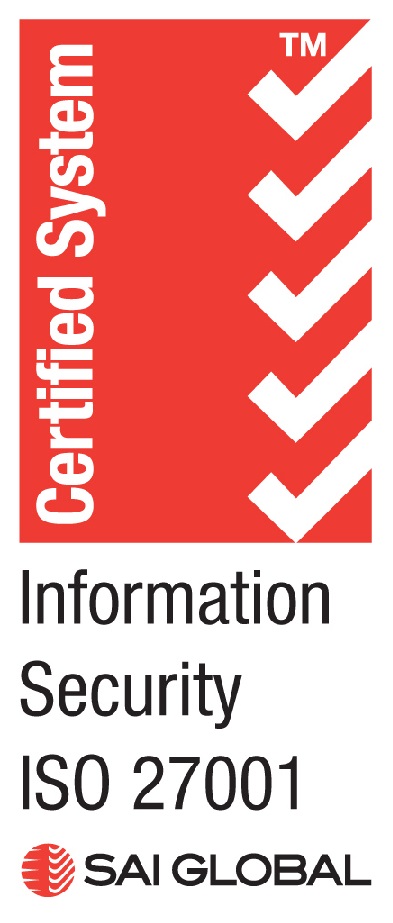Intelligent big data management
Keeping data secure when our mobile workforce is on the run
With the introduction of new data privacy and governance regulations globally, we’re all under more pressure than ever to wrest back the control of workloads and their associated data before it’s too late. But how do we do that when our workforce is increasingly outside of our physical office?
It is no exaggeration to say that the amount of data we collect is growing exponentially each day.
According to IDC, the collective sum of the world’s data will grow from 33 zettabytes (a zettabyte is one trillion terabytes) in 2018 to 175 zettabytes by 2025.
While much of that data growth is being driven by digital giants and the proliferation of the Internet of Things (IoT), we can still feel that data proliferation within our own businesses. As our business’ expand and the boundary of networks blur, it can be a real challenge to know where our data is, or where it should be.
With the introduction of new data privacy and governance regulations globally, we’re all under more pressure than ever to wrest back the control of workloads and their associated data before it’s too late. But how do we do that when our workforce is increasingly outside of our physical office?
The cloud has enabled an entirely new era of mobility by allowing our workforce to access the enterprise tools that keep them productive in any location, and on any device. Research firm IWG has found that 70% of professionals globally now work remotely at least one day a week, and 53% do so for at least half of the week.
However, the spread of our workforce outside the four walls of our head office also comes with the spread of shadow IT across our digital networks – these are the unauthorised applications that our employees and contractors introduce into our environment, creating ungoverned datasets at the edge of our network and exposing us to new risks.
Data in every direction
Because of the cloud, data challenges today are less about volume and more about place. Data is now stored on public clouds, private clouds and in legacy infrastructure. It is being created at the edge of our networks, and travelling in all directions before being analysed and made available to business users.
Unfortunately the legacy infrastructure and processes we’ve relied on in the past simply aren’t designed to cope with these dynamic hybrid cloud environments. IT teams are now spending countless hours attempting to move data from the edge of networks, into datacentres and hybrid cloud storage, all while keeping this data secure.
With so many variables to consider, the dynamic nature of modern data management is leading to downtime and displacement. IT teams spend more time putting out fires than they do actually planning how they can improve data storage and access.
Right place, right time
The good news for IT leaders who feel overwhelmed by this new environment is that the solutions for managing it are already here. Virtualisation now enables us to create software-defined, composable and hyperconverged infrastructures for managing and streamlining our workload management operations. That’s why Gartner predicts that by 2022, 75% of enterprise-generated data will be created and processed outside the traditional, centralised datacentre or cloud, up from less than 10% in 2018.
These solutions take advantage of automation and AI to learn how your business prefers workloads and data to be distributed across your hybrid cloud and on-premise environments. Through a single pane or dashboard, IT leaders can then use these solutions to:
- simplify their workload decision making processes
- quickly identify which workloads may be exposing them to unseen risks
- develop rules and processes for auto switching workloads between different environments
Need more information?
Get in touch with us
